2023 is the Year of the Amaryllis | Plant Lovers' Almanac
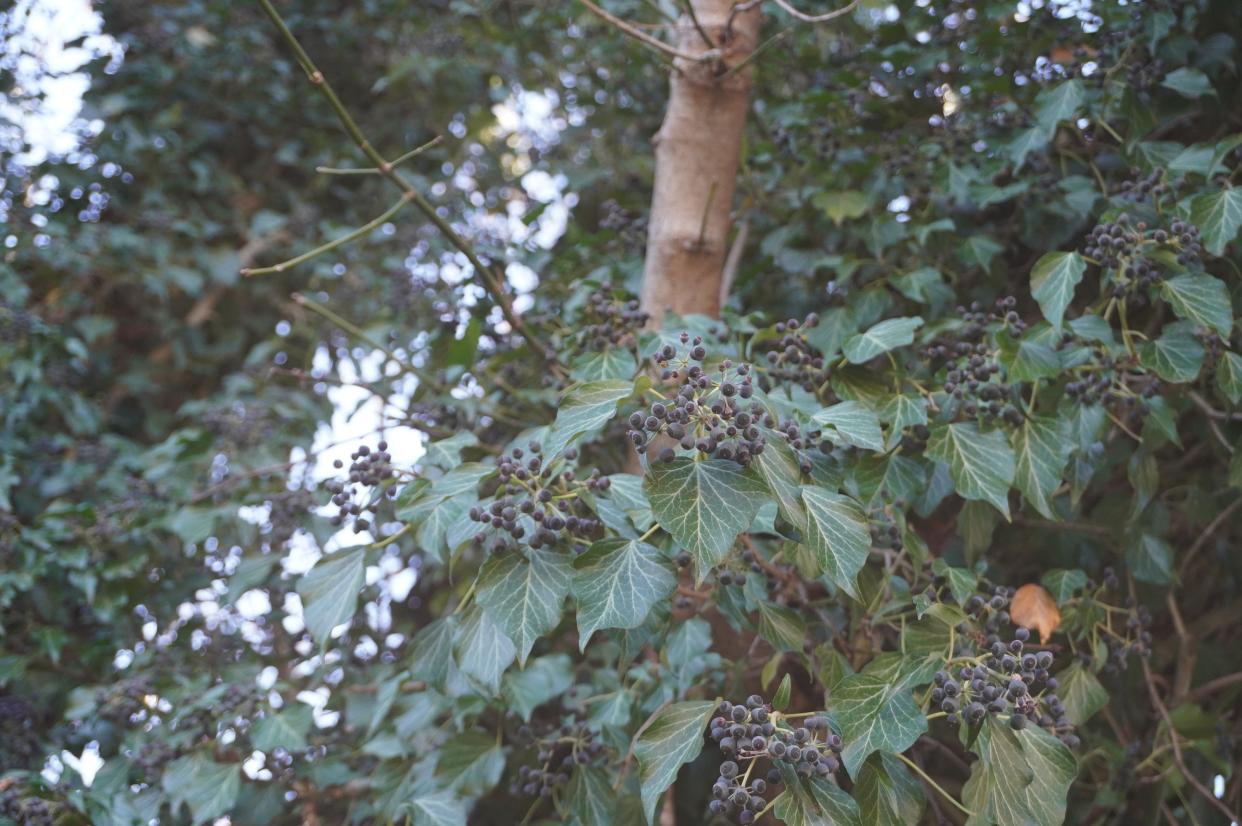
Traveling south
We spent Thanksgiving with my sister and family in Cincinnati, and the farther south we got the more fall colors and greenery remained.
Some of it was invasive honeysuckles that double down their photosynthetic advantage over native plants with active food production in green leaves, both later in fall and then earlier in spring.
In the Queen City there were shiny green leaves on the many southern magnolias that thrive there; there were still mosaics of greens and browns and reds and yellows on white oaks and red oaks, now past due for fall color here in Northeast Ohio.
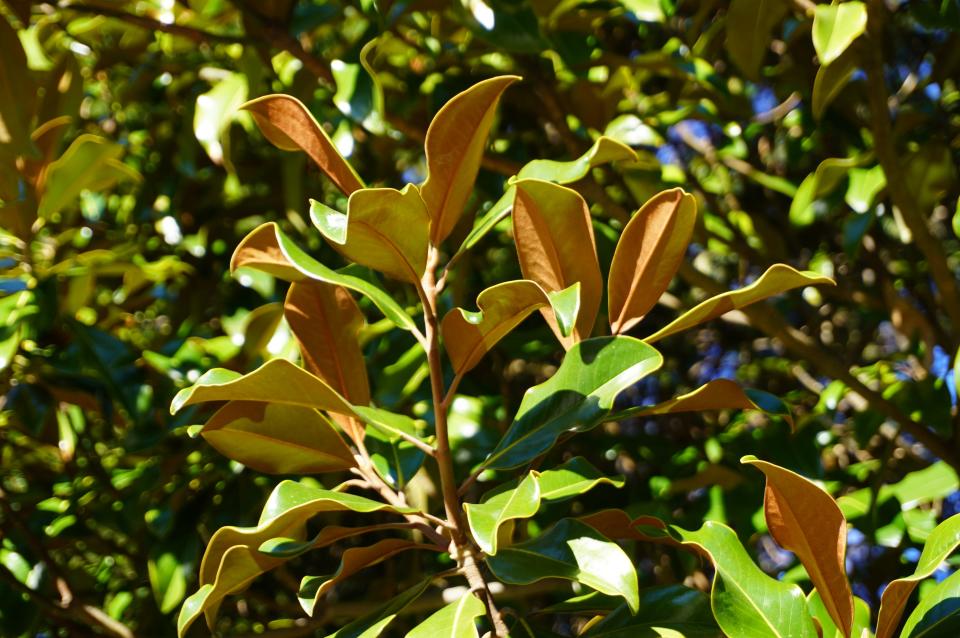
There was still green cutleaf-rhamnus, and there were also late-season features still effective both there and here, such as yellow-twig dogwood stems, winterberry holly fruits, the fruits of English ivy (a feature not typically found except on above-groundcover growth), and the fascinating fruits on invasive euonymus, a plant in the Celastraceae, a member of the bittersweet family.
Speaking of bitterness, a different trip southward proved productive for the travelers, but not in the turkey and pumpkin pie mode, as the Team Up North prevailed over our five leaflet, tree-leaved buckeyes. It was the second straight no-doubter; we blush scarlet on the gray days ahead until next season.
Pinaceae for today: Fir cones
Last week we featured this important plant family, so relevant to this time of year with pines, spruces and firs the subject of many purchases these pre-holiday weekends.
Some of the best Christmas trees are firs (Abies species). From Fraser firs to Canaan firs, these are short-needled standouts for indoor trees.
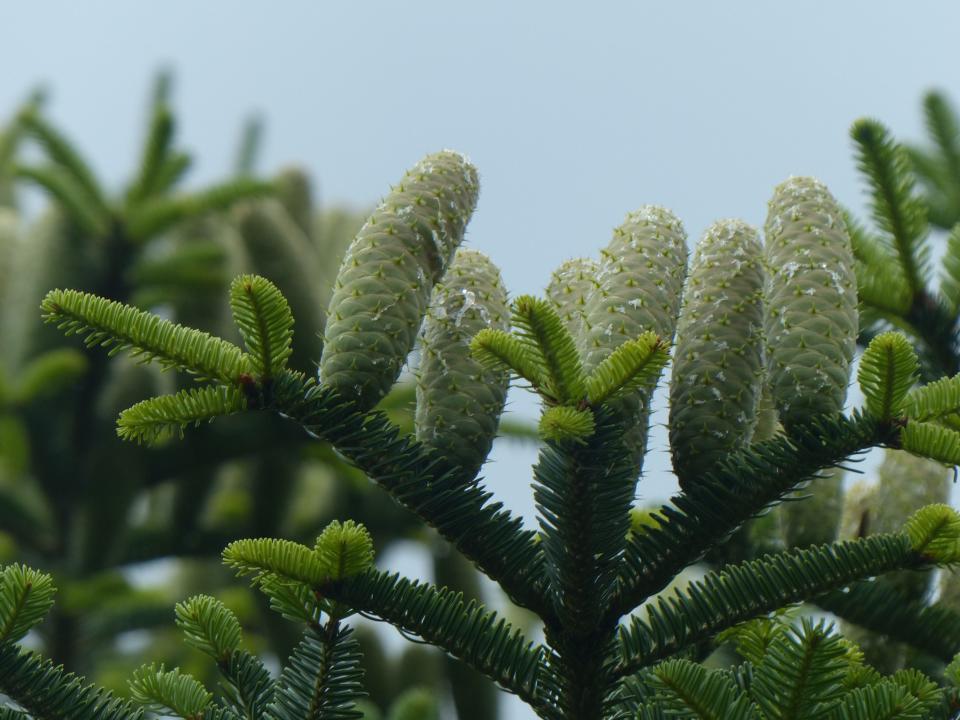
You will not see indoors, though, one of the unusual and beautiful features of firs: upright cones. Pines and spruces have pendulous cones, but firs face upward. Alas, they shatter and release their seed-bearing scales from the female cones while still on the tree, so you will not see them on your indoor trees, nor can you readily make a fir cone collection as you can with pines and spruces.
Year of the Amaryllis
The National Garden Bureau has declared 2023 the Year of the Amaryllis, so with only a month to go, start planning now on indoor amaryllis culture. First, of course, buy your bulbs for gifts or your own use. I started by going to local garden centers and grocers.
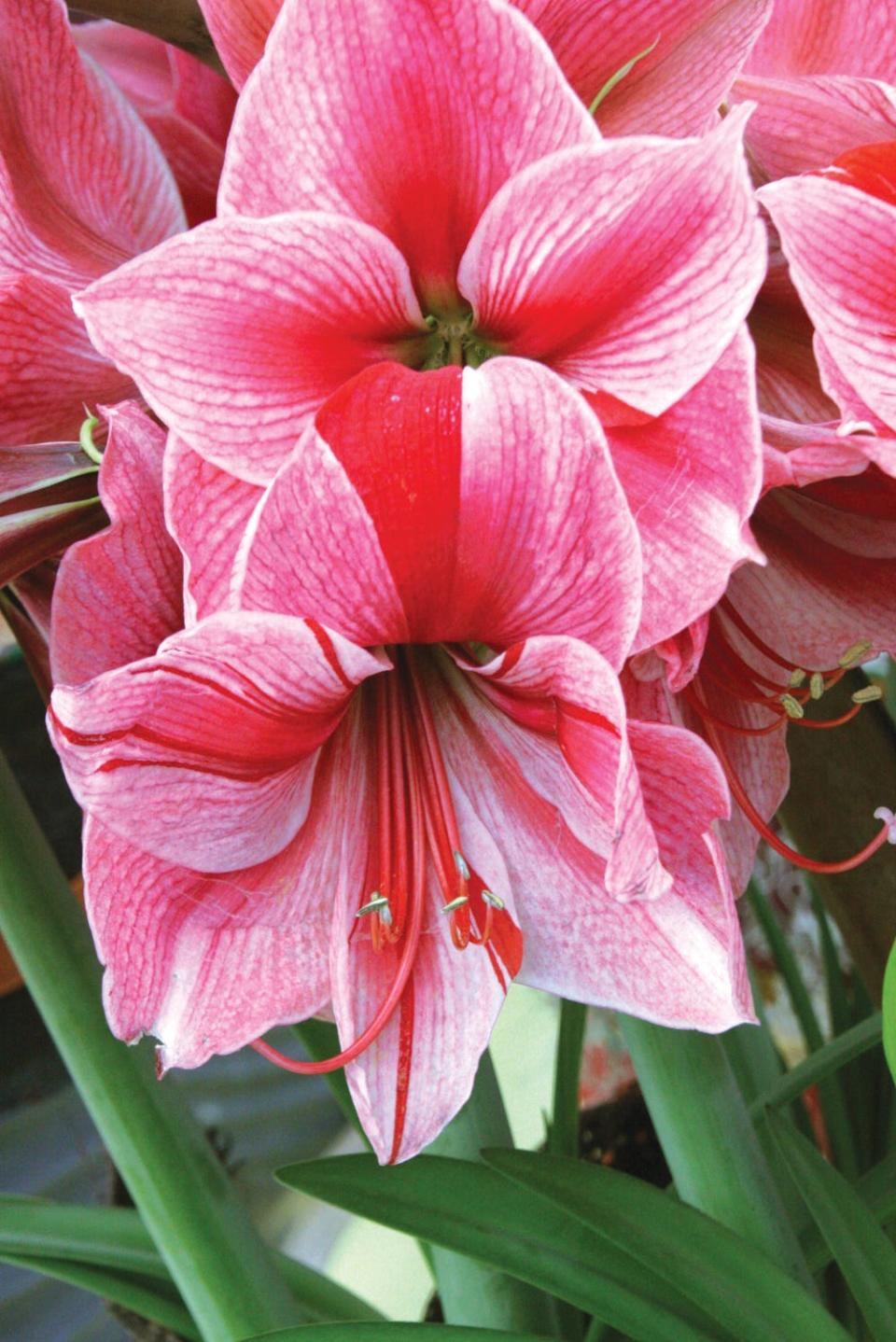
One detail I learned is that the name game for amaryllis is a bit puzzling. What we tend to call “amaryllis” is really a group of 90 species and 600 cultivars or so in the genus Hippeastrum, a plant of South American origin in the Amaryllidaceae family. The actual genus Amaryllis is a plant of South African origin, and we know it as “naked ladies.” This is Amaryllis belladonna, with pink flowers on a leafless, “naked” stem, a plant we enjoy in outdoor gardens. The term “amaryllis” itself comes from the Greek “amarysso” (to sparkle), and indeed the flowers shine.
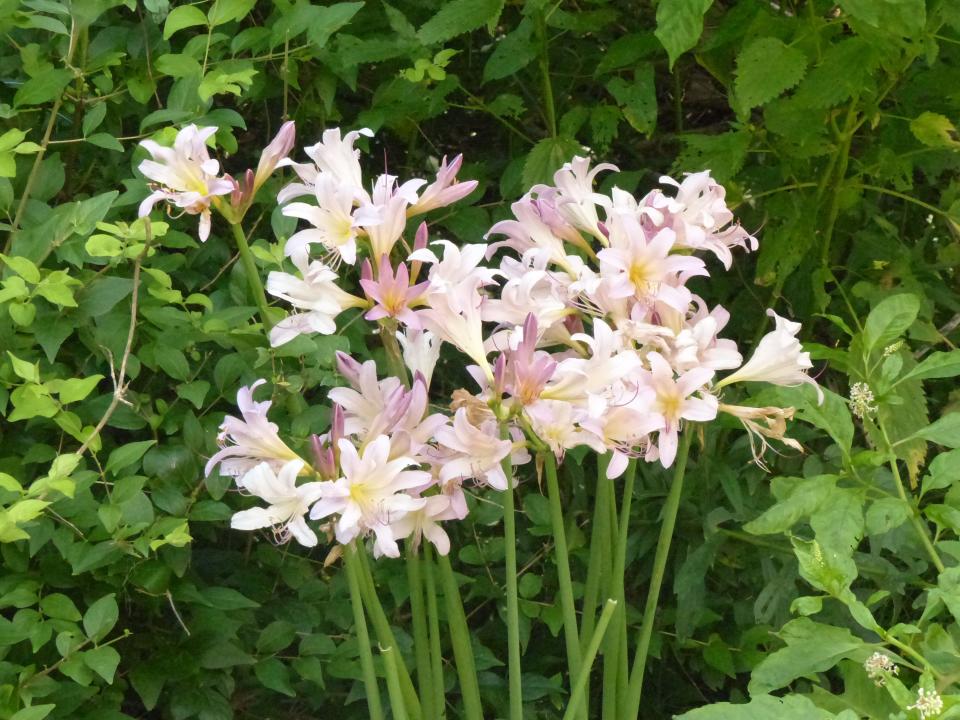
Hippeastrums come in many colors, some with single blooms, some with doubles, and an endless array of beautiful indoor plants that take about five to eight weeks to bloom from the bulbs we buy. So it is a little late for Christmas blooms if we start now, but fine for the Year of the Amaryllis in 2023.
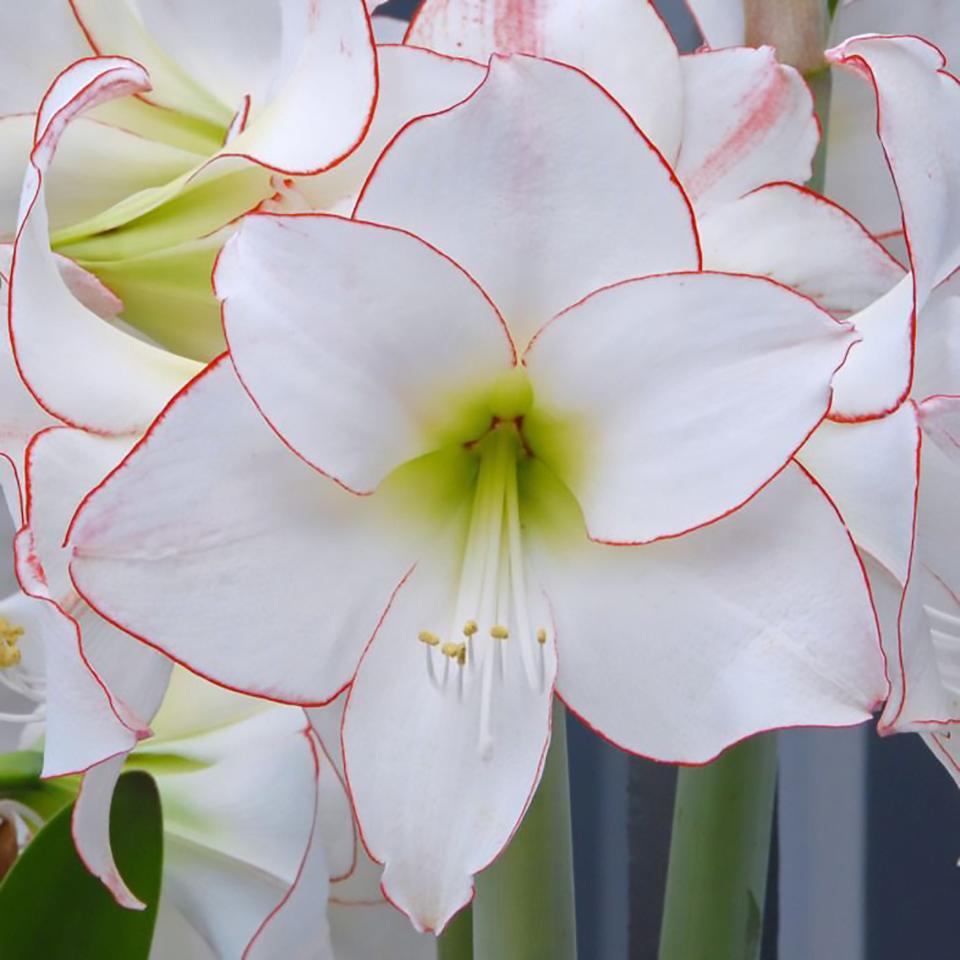
Plant the large bulbs one-third out of the well-drained potting medium in an inside area of as much light as possible. Water once and wait until growth emerges, then water sparingly and again when flower stalks appear, and on as needed.
After the spectacular blooms appear, deadhead them. Keep them in a light spot indoors until frost-free time in spring. Then plant outside until September, bringing them indoors to go dormant in the cool dark — until repotting in November or later for next winter’s beauty.
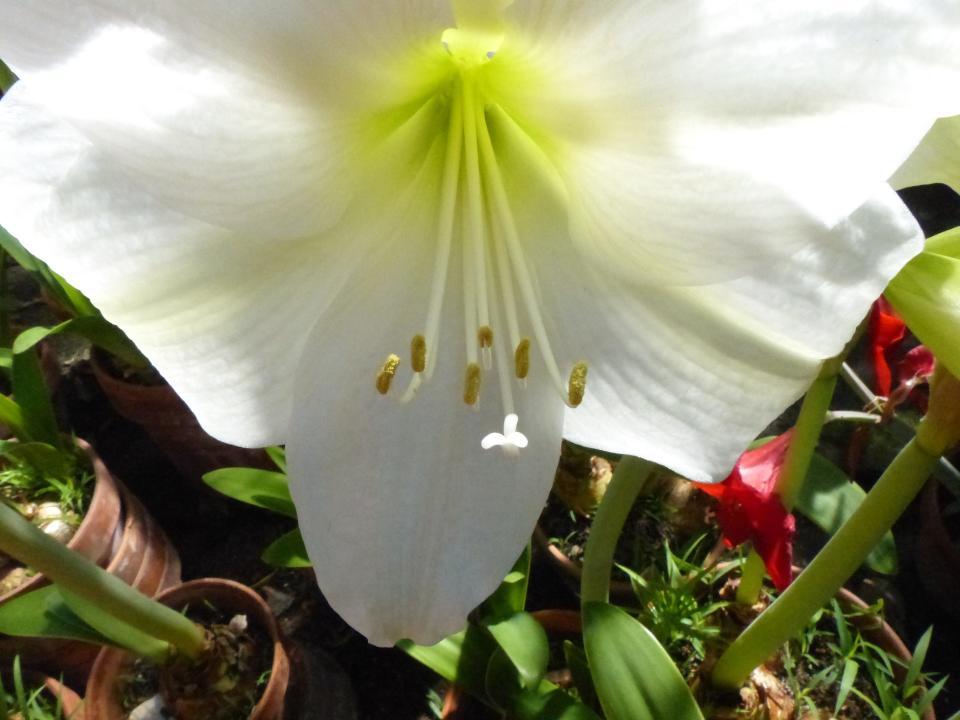
Climate change
Two weeks ago I gave a talk to the Alpha Theta chapter of the Delta Kappa honorary teachers society about climate change. The topic of climate change coincided with the recent United Nations Climate Change Conference (COP27). We dispatched quickly with the overwhelming evidence of increasing heat, drought, floods, extreme weather events and the relationship to greenhouse gas emissions. We spoke of the long history of climate change predictions relative to atmospheric carbon dioxide levels that increased with the industrial age.
American scientist Eunice Foote back in 1856 identified CO₂ as a greenhouse gas (absorbing infrared radiation) and concluded, “An atmosphere of that gas would give to our earth a high temperature.” In 1896 the Swedish scientist Svante Arrhenius predicted that burning fossil fuels would cause global warming, forecasting that doubling atmospheric CO₂ would increase global temperatures 5 degrees C. We have not doubled CO₂ from the preindustrial 250 ppm level, but we are now at 419. So this is nothing new.
We shall talk more about climate change in future Almanacs, but let’s first address a few basic and important questions: How long does carbon dioxide last in the environment once emitted from fossil fuel burning? What country has emitted the most CO₂ post-1850 in the world’s environment? What country is currently emitting the most CO₂?
First, the persistence of carbon dioxide is complicated, but most of it will last 20 to 200 years, with some of it much longer. As to what country has contributed the most since 1850 it is, alas, the United States, at 421.7 gigatons. China is at 249.4, Russia at 117.5, Germany at 93.1, Great Britain at 74.9, Japan at 66.7 and India at 57.1. Some encouraging news is that the U.S. is not at the top for current emissions; that is 32% for China, 14% for the U.S., 8% for the European Union, and 8% for India.
So, we lead the way in putting CO₂ there, and it lasts a long time, but China is now the biggest emitter. China, in fact, burns more coal than the rest of the world combined. Nevertheless it also leads the world in wind and solar energy alternatives.
Complicated, isn’t it?
Yet, it is a complicated problem that is not going away: Island countries and coastal areas are already under deluge, and climate refugees from newly unsustainable homelands are now in the many millions and are predicted to be in the billions over the next century.
We must take heed, and please, let us not mistake that global climate change is somehow invalidated whenever there is a cold snap. The old saying of “all politics is local” should not morph into “all climate change discussion should be local and day to day.” As recently as our last freezing temperatures I heard several times — now what do you think about global warming? G as in Global.
And consider: “Our continent only contributed 1% of the damage that’s been done to the climate, and we believe that the more industrialized countries need to live up to their commitment more than they have made.” — South African President Cyril Ramaphosa
Jim Chatfield is a horticulture educator and professor emeritus at Ohio State University Extension. If you have questions about caring for your garden, write to chatfield.1@osu.edu or call 330-466-0270. Please include your phone number if you write.
This article originally appeared on Akron Beacon Journal: 2023 is the Year of the Amaryllis: Plant Lovers' Almanac

